Get the weekly SPARTANAT newsletter.
Your bonus: the free E-Book from SPARTANAT.
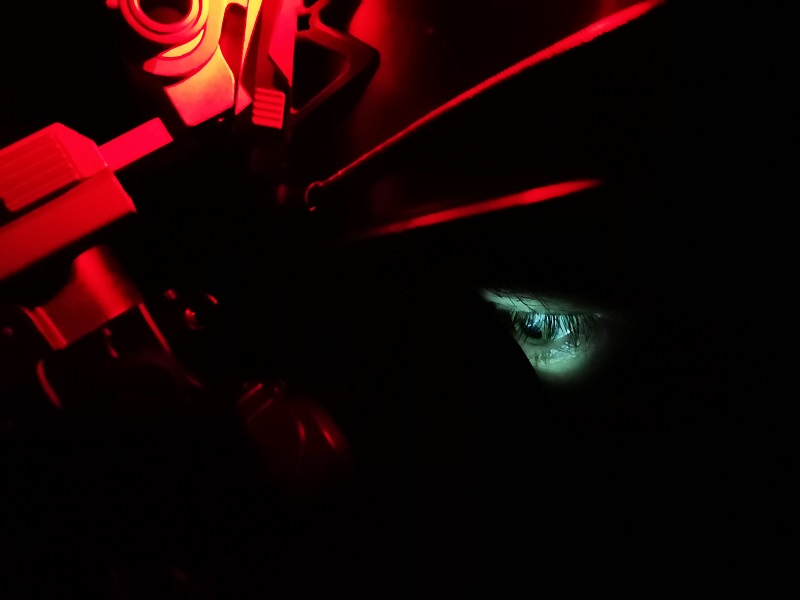
In the previous Basics article "How does a night vision device work," we explained the basic function and underlying technology to you. As we wrote, this is the functionality of a Generation 1 night vision device. Today, we will explain the function of Generation 2 and 3.
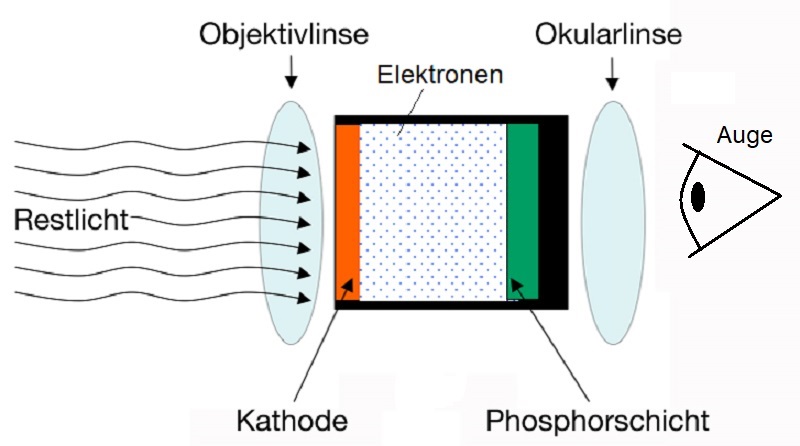
To briefly recap the basic functionality: In a night vision device, the photons of the incoming (residual) light are converted into electrons by a photocathode. At the other end, these generated electrons, upon striking a phosphor screen, are converted back into photons visible to the eye, but now in green.
Generation 2 Tubes
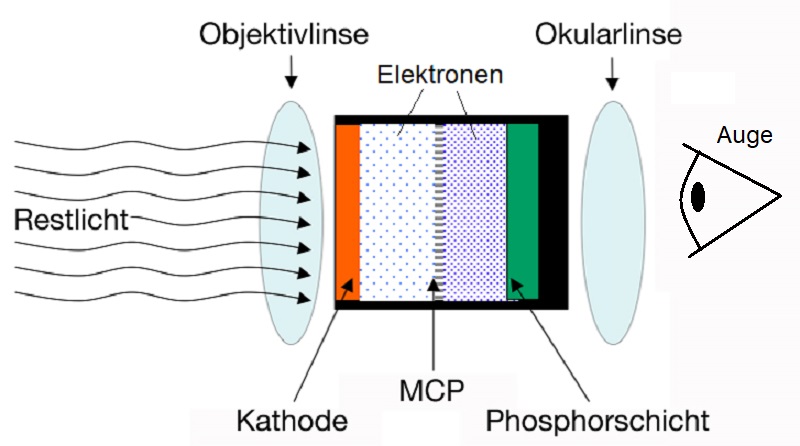
The generated images with Gen 1 tubes quickly become dark without additional infrared illuminators, so further research was conducted and by the end of the 1960s, the Gen2 tube was developed. The trick here was that the generated electrons were multiplied by a microchannel plate (MCP). The electron density behind the MCP is much higher than before. As a result, the generated image is much brighter. Night vision always seems like magic, even when you look at the functionality of the individual components:
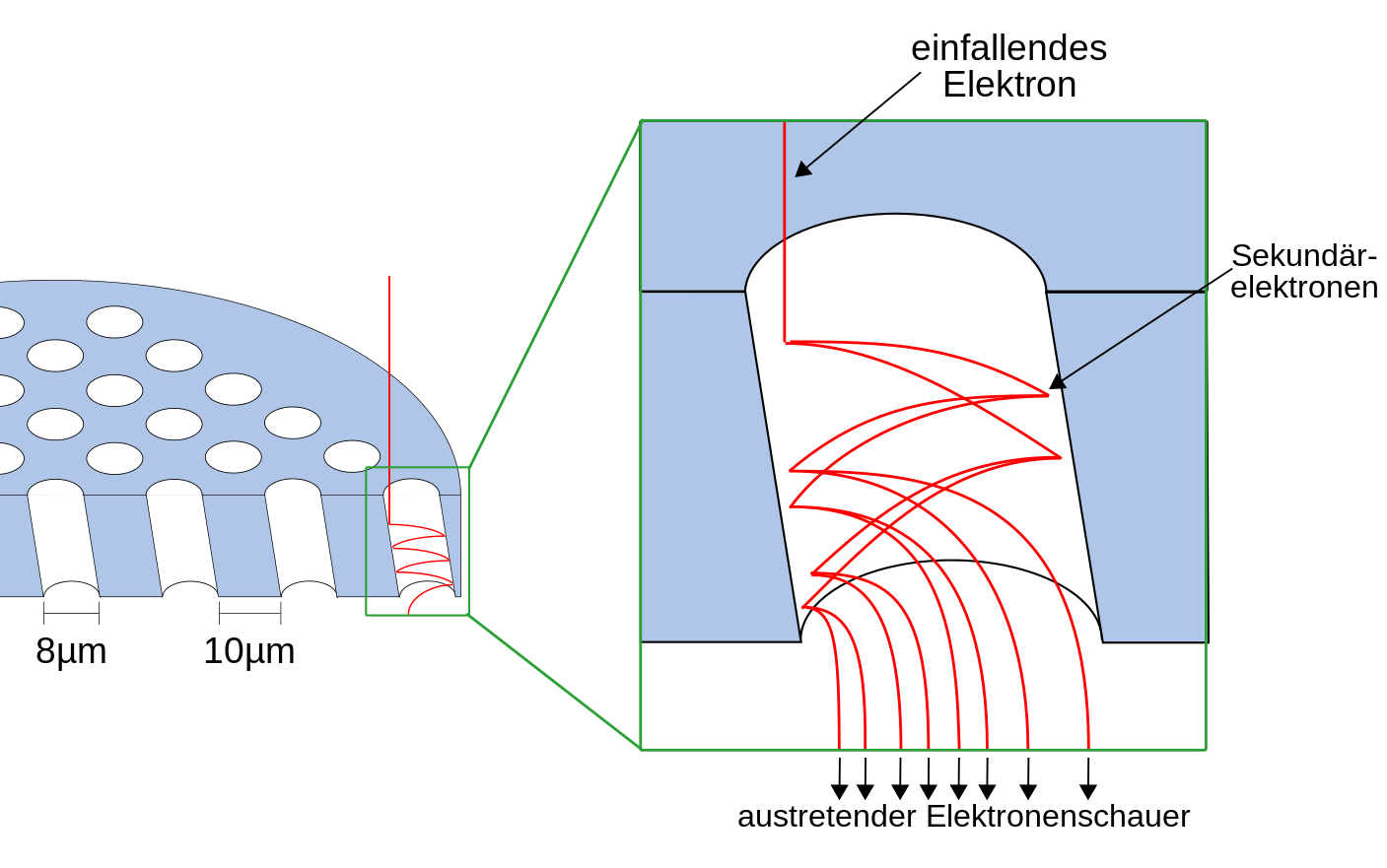
A microchannel plate is used to low-noise amplify small currents of free electrons. These electrons strike the plate and generate secondary electrons. The plate itself is made of lead glass, which is perforated by microscopic channels (hole spacing of about 10 µm and a diameter of about 6–25 µm). The inner walls of the channels are made of semiconductor material.
The channels are tilted by about 10° against the plate axis, so that the incident electrons reliably hit the channel wall multiple times. They are then accelerated by an electric voltage applied between the plates along the channels and are multiplied at each wall collision, each channel behaves like a microscopic channel electron multiplier, or the incremental secondary electron multiplier in photomultipliers. At the exit side, the number of electrons has increased by about 1000 times through multiple collisions with the channel wall.
By now, it should be clear why night vision tubes cost so much; the production of such fine and precise components is simply expensive and difficult. The Generation 3 tubes work on the same principle as Gen2, but what is different? Short answer: the photocathode.
Generation 3 Tubes
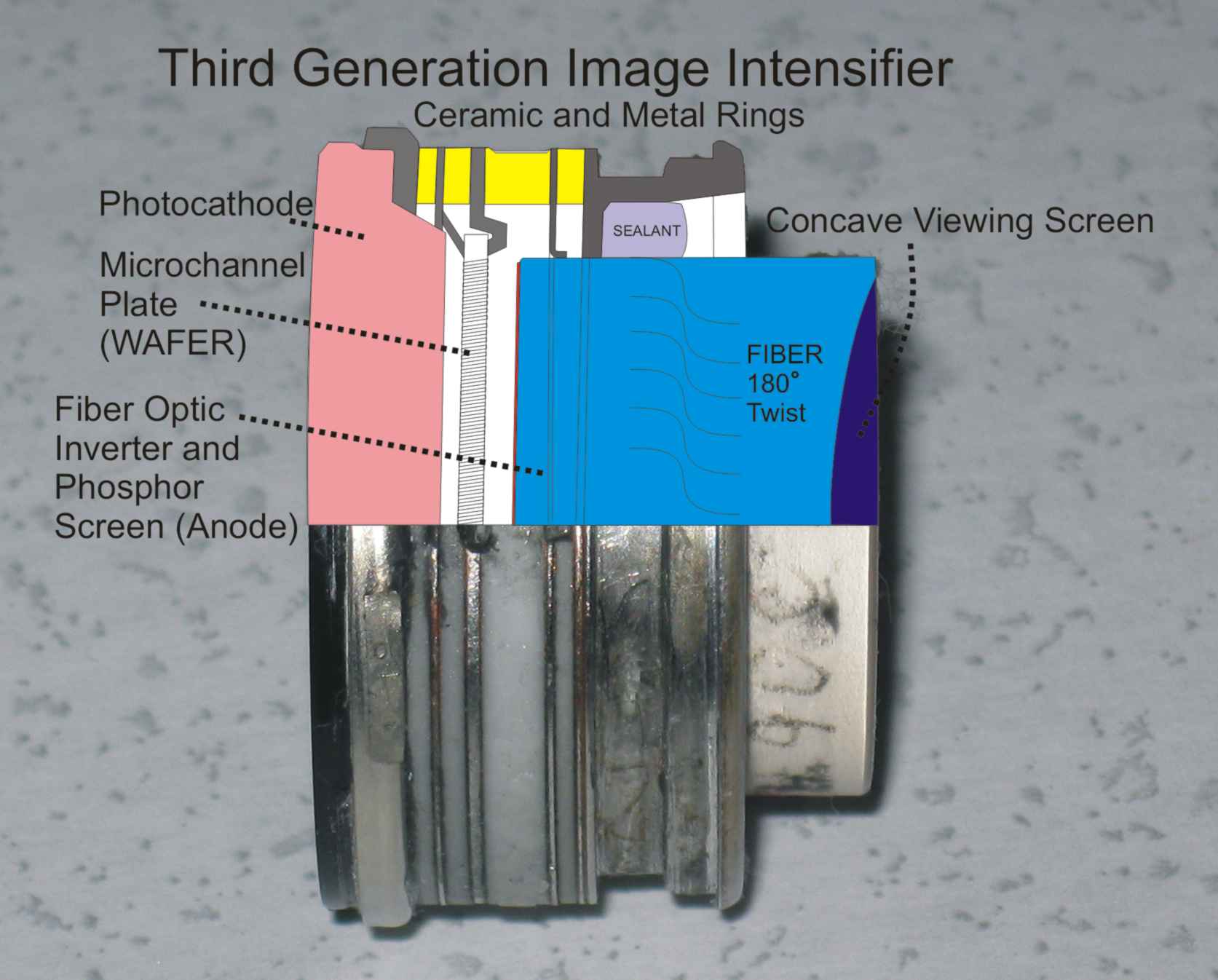
For the photocathode of Generation 3 tubes, Gallium Arsenide (GaAs)-Cesium Oxide (CsO)-Aluminium Gallium Arsenide (AlGaAs) are used as materials. This photocathode is much more sensitive in the spectral range around 800 nm-900 nm compared to Gen2 tubes. Additionally, the photocathode has a negative electron affinity, making it very efficient in generating photoelectrons from photons.
However, the disadvantage of third-generation photocathodes is that they are seriously damaged by poisoning with positive ions generated by the MCP. It takes only 100 hours before the sensitivity of the photocathode drops below the Gen2 level. To protect the photocathode from positive ions and gases, a thin film of sintered aluminum oxide is attached to the MCP. This is called a "filmed tube." This technology was developed in the late 1970s and introduced into the US military in 1982.
Generation 4 Tubes
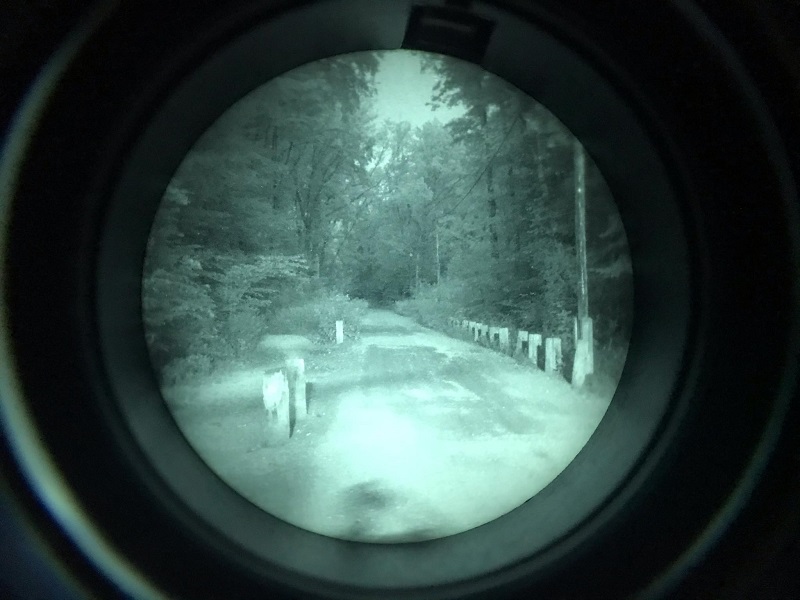 For a brief period, there were indeed Generation 4 tubes. In 1998, the US company Litton (now as L3 Electron Devices part of L3Harris Technologies) developed the filmless image tube, without the protective layer on the MCP. These tubes were originally manufactured for the Omni V contract and generated great interest within the US military. However, the tubes were very fragile, and in 2002, the designation "Generation 4" for filmless tubes was revoked.
For a brief period, there were indeed Generation 4 tubes. In 1998, the US company Litton (now as L3 Electron Devices part of L3Harris Technologies) developed the filmless image tube, without the protective layer on the MCP. These tubes were originally manufactured for the Omni V contract and generated great interest within the US military. However, the tubes were very fragile, and in 2002, the designation "Generation 4" for filmless tubes was revoked.
Since then, they are simply referred to as "Gen III Filmless". To overcome the ion poisoning issues, Litton improved the cleaning techniques in the MCP manufacturing (the primary source of positive ions) and introduced the Autogate function. They discovered that with a sufficient Autogate function, positive ions were expelled from the photocathode before they could cause damage. These tubes are still manufactured for special forces and aviation.
Current Tubes
 Since 2002, there have been significant advancements in the manufacturing of image intensifier tubes. The current standard for most image intensifiers used by the US military is the Gen 3 "Thin Film Technology." Also known as Generation 3 Omni VII and Generation 3+, the Thin Film Technology became the standard for current image intensifier technology after the issues faced with Generation 4. In Thin Film image intensifiers, the thickness of the layer is reduced from about 30 angstroms (standard) to about 10 angstroms, and the photocathode voltage is lowered. This results in fewer electrons being stopped than in Generation 3 tubes, while retaining the advantages of a film tube.
Since 2002, there have been significant advancements in the manufacturing of image intensifier tubes. The current standard for most image intensifiers used by the US military is the Gen 3 "Thin Film Technology." Also known as Generation 3 Omni VII and Generation 3+, the Thin Film Technology became the standard for current image intensifier technology after the issues faced with Generation 4. In Thin Film image intensifiers, the thickness of the layer is reduced from about 30 angstroms (standard) to about 10 angstroms, and the photocathode voltage is lowered. This results in fewer electrons being stopped than in Generation 3 tubes, while retaining the advantages of a film tube.
In Europe, there were also developments, especially in improving the operation of Generation 2 tubes. In 2014, the European image tube manufacturer PHOTONIS released the first global, open performance specification called "4G". The specification included four main requirements that an image intensifier tube had to meet:
- Spectral sensitivity from below 400 nm to over 1000 nm
- A minimum number of FOM 1800
- High light resolution higher than 57 lp/mm
- Halo size of less than 0.7 mm
Thus, these Generation 2 tubes are now almost on par with Generation 3 Filmless tubes.
We have introduced the new SPARTANAT BASICS category for you. With this, we present to you the basics that you've always wanted to know how they work.
MORE AN/PVS-31 on SPARTANAT:
– Hot Summer Special – on the move with modern night vision devices
– Tactical Tip: Getting used to night vision equipment
– HOW TO: Don't lose your battery pack
– HOW TO: Fighting with night vision
– REVIEW: L3 PVS-31 Battery Pack
– REVIEW: L3 Harris AN/PVS-31 BNVD Night Vision Device
– WILCOX mounts: the agony of choice
Special:
– BASICS: How does a night vision device work
– PHOTO FILE: PVS-31 Real Deal versus Dummy
SPARTANAT is the online magazine for Military News, Tactical Life, Gear & Reviews.
Send us your news: [email protected]
Ad
similar
Get the weekly SPARTANAT newsletter.
Your bonus: the free E-Book from SPARTANAT.



